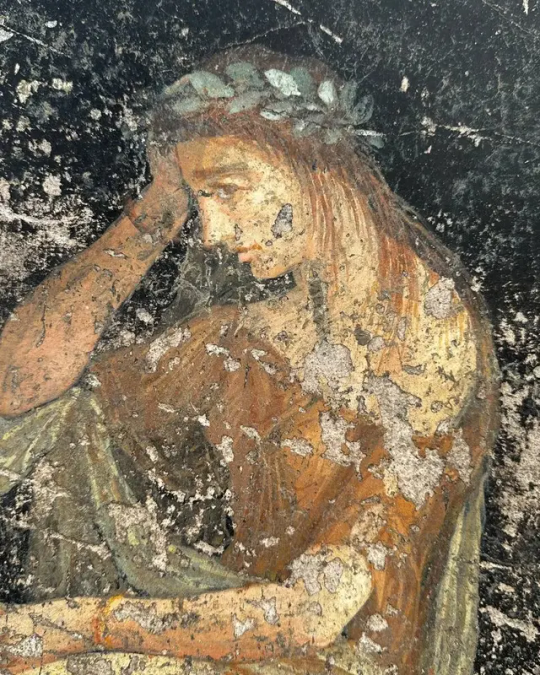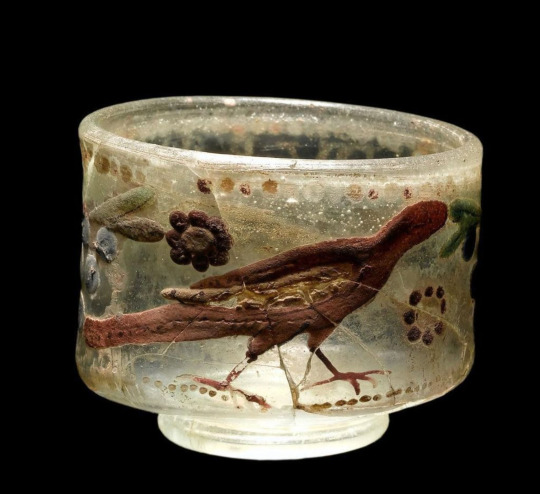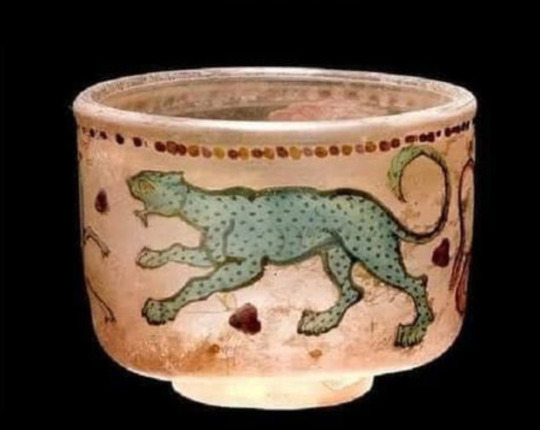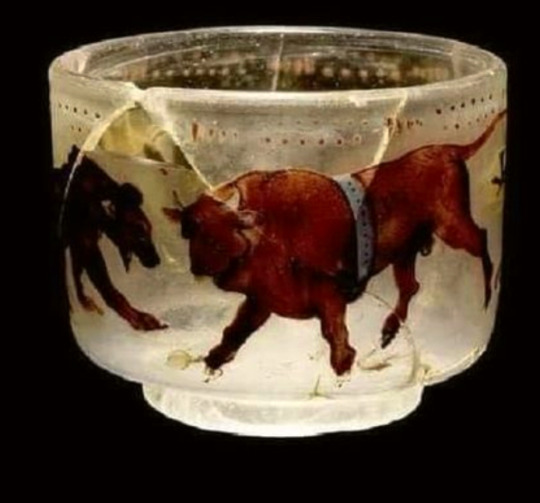A working class classicist trying to make classics available to all. Specialisms: Language, Mythology, Reception
Don't wanna be here? Send us removal request.
Text
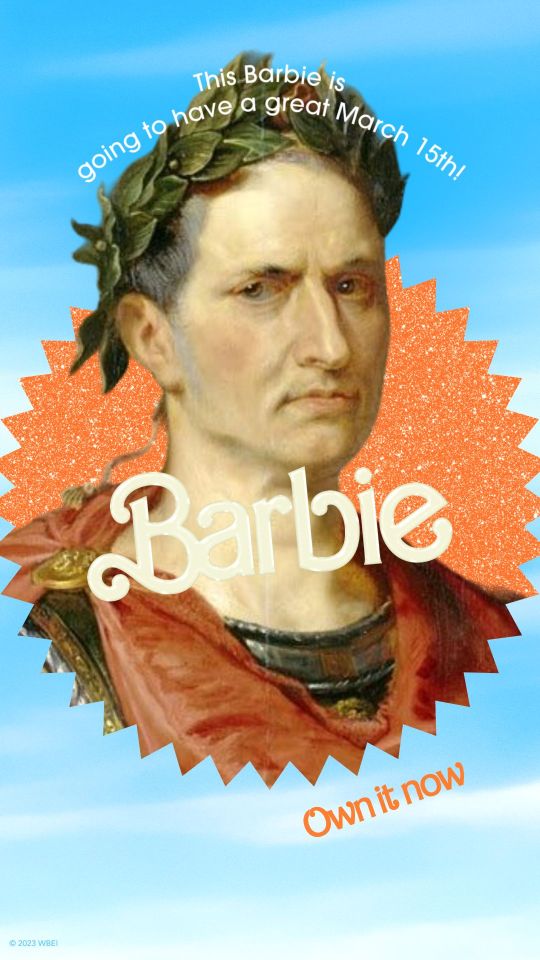
#are we still doing barbie memes?#because I scheduled this on March 30 2024#and it was too late to reblog#but couldn't let it pass#ides of march#julius caesar#barbie
25K notes
·
View notes
Text
"Scholars have offered a number of explanations for why Matilda chose to style herself as domina Anglorum [Lady of the English]. It has been suggested that she might have balked at usage of the term regina, which, translated into the Anglo-Saxon English cwen, implied the wife of a king. The title queen, then, carried with it representational difficulties, as it was the office of king, not queen, that Matilda was seeking. In contrast, the term domina, or hlaefdige in Anglo-Saxon (lady in modern usage), was used to describe a woman exercising political and military power, such as the ninth-century Mercian queen Aethelflaed. As some scholars have suggested, Matilda’s use of the term domina may be related to a wider European usage, as dominus, or lord, described any number of public roles and offices men such as kings performed. Yet another explanation is the convention of kings elected but not yet crowned using the title dominus during the interregnum before their coronation. The title domina Anglorum undoubtedly drew from a number of meanings present in twelfth-century Anglo-Norman society, but all described a woman exercising power. As the Lady of the English, Matilda advertised herself as an individual woman capable of possessing and wielding regal power."
-Charles Beem, "Empress Matilda and Female Lordship", The Lioness Roared: The Problems of Female Rule in English History"
992 notes
·
View notes
Text
“You have to get to a point where your mood doesn’t shift based on the insignificant actions of someone else.”
— Unknown
12K notes
·
View notes
Text

this is so fucking funny to me. who wants to join the ancient athenian evil dining club with me
31K notes
·
View notes
Text
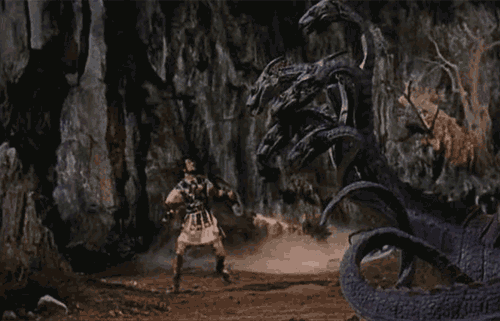
Jason battles the Ray Harryhausen-animated hydra in the 1963 film Jason and the Argonauts.
565 notes
·
View notes
Text
MEMENTO MORI
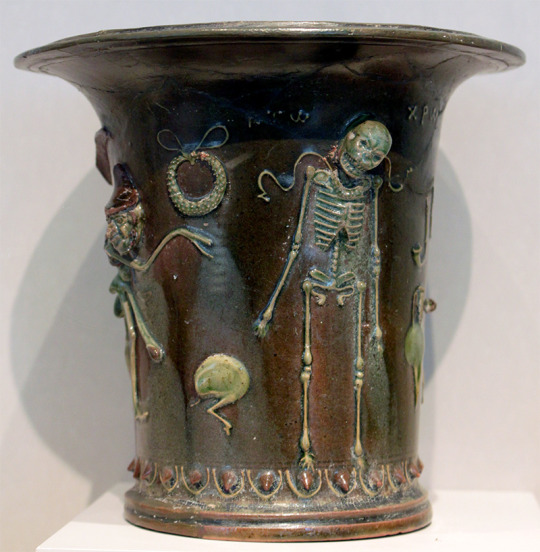
Roman glazed ceramic cup, 1st century AD.

Larvae Conviviales, a miniature skeleton made of bronze, with articulated limbs, Roman work 2nd century AD.
Science Museum, London.
3K notes
·
View notes
Text

A 5200-year-old pottery bowl from Shahr-e Sukhteh bearing what could possibly be the world's oldest example of animation. It shows 5 images of a wild goat leaping, and if you put them in a sequence (like a flip book), the wild goat leaps to nip leaves off a tree. Museum of Ancient Iran
14K notes
·
View notes
Text
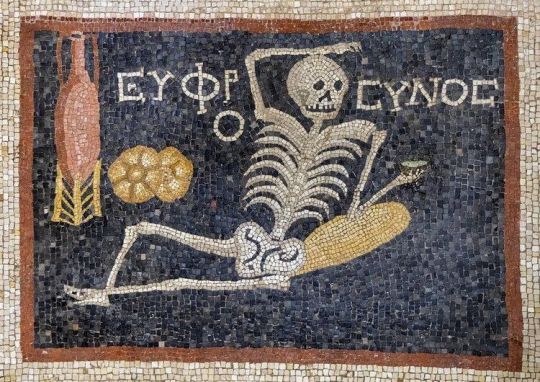
One of the panels of a mosaic of a cheery skeleton uncovered in Turkey in 2016, probably dated to the Late Roman era Antioch. The word can be transliterated as EUPHROSYNOS (cheerful).
3K notes
·
View notes
Text
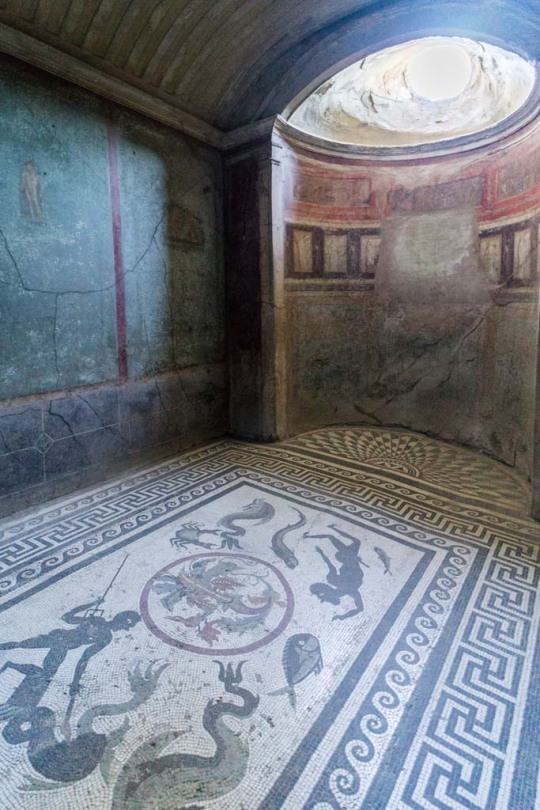
Partial view of bathroom in House of Menander, Pompeii.
3K notes
·
View notes
Text
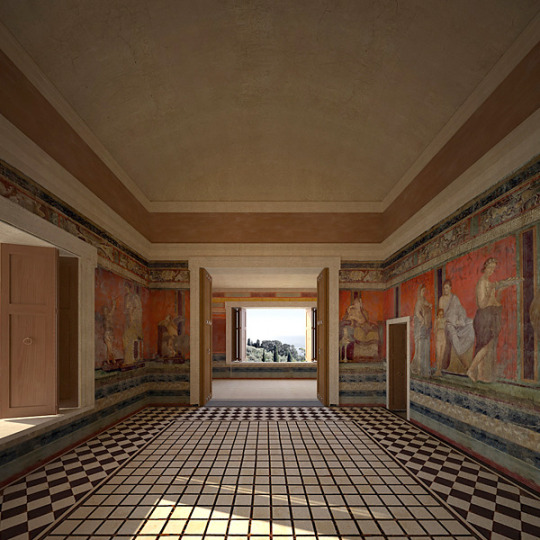

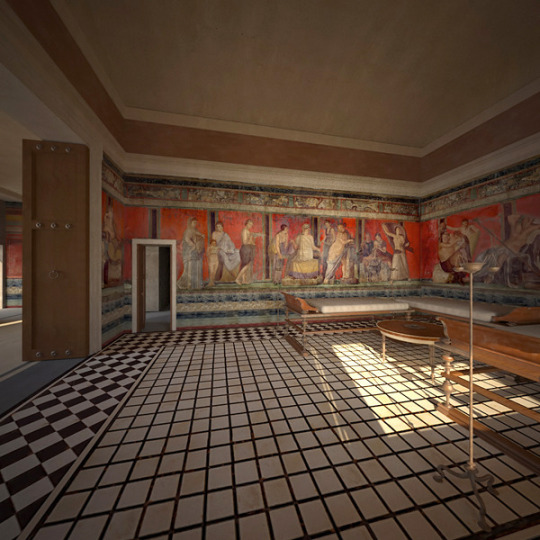
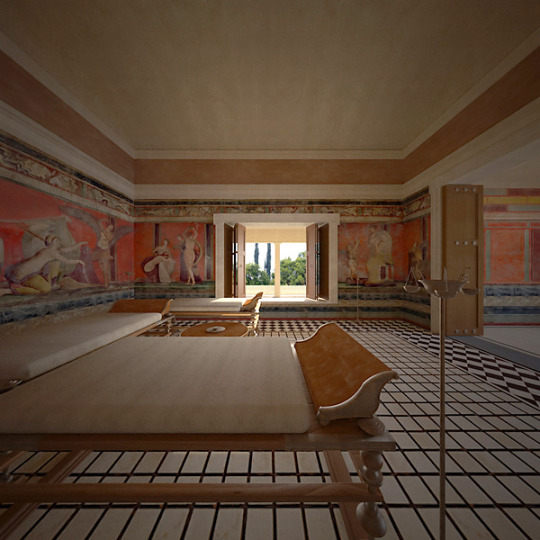
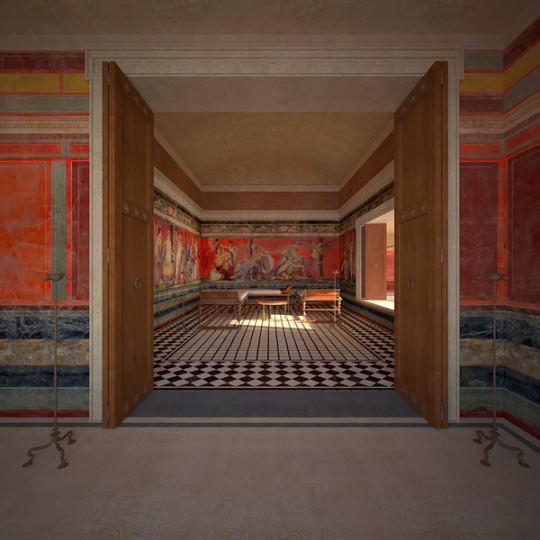
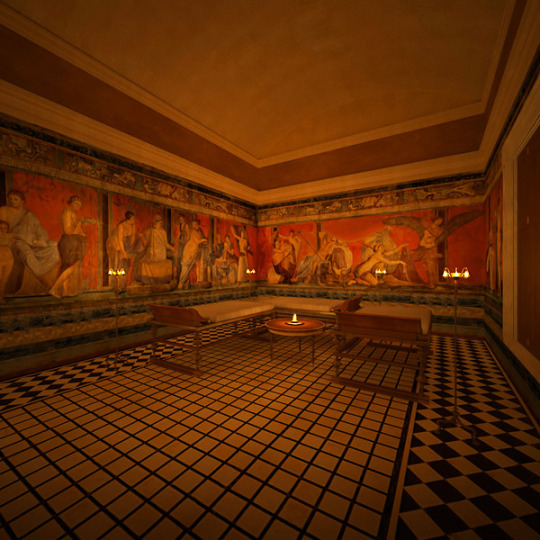
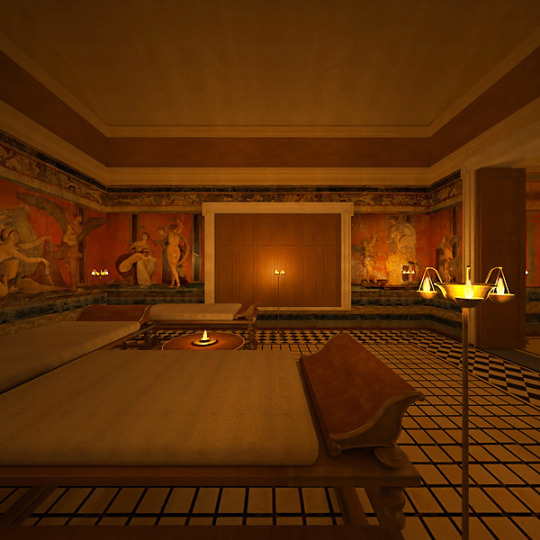
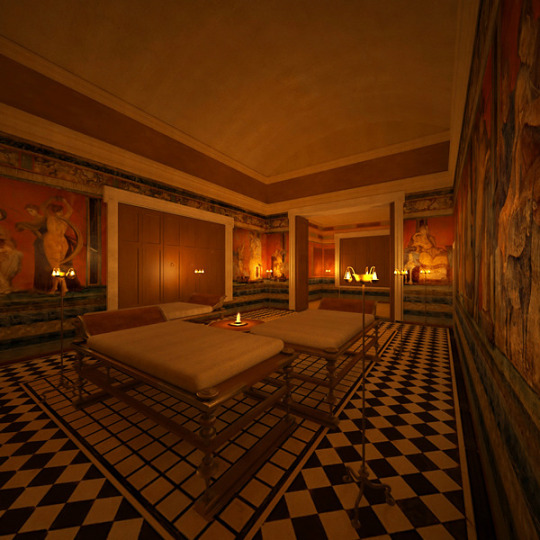

Villa of the Mysteries, Pompeii . Triclinium (dining room) Reconstruction, daylight and evening lighting.
All photos and reconstructions are copyright of JAMES STANTON-ABBOTT. With acknowledgements and thanks to: PIETRO GIOVANNI GUZZO, Archaeological Superintendent of Pompeii, for his generous permission to photograph the Villa of the Mysteries. ELAINE GAZDA, professor of classical art and archaeology in the Department of the History of Art at the University of Michigan and curator of Hellenistic and Roman Antiquities at the Kelsey Museum of Archaeology for her expertise and help in reconstructing the Villa. BETTINA BERGMANN, Helene Phillips Herzig '49 Professor of Art Specialization: Greek and Roman art; the art of landscape, also for her insight and help in the process.
Beautiful
769 notes
·
View notes



